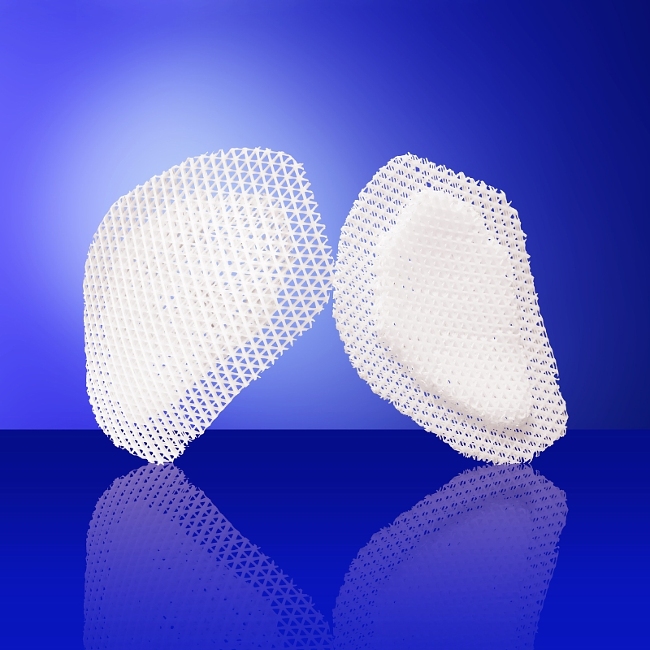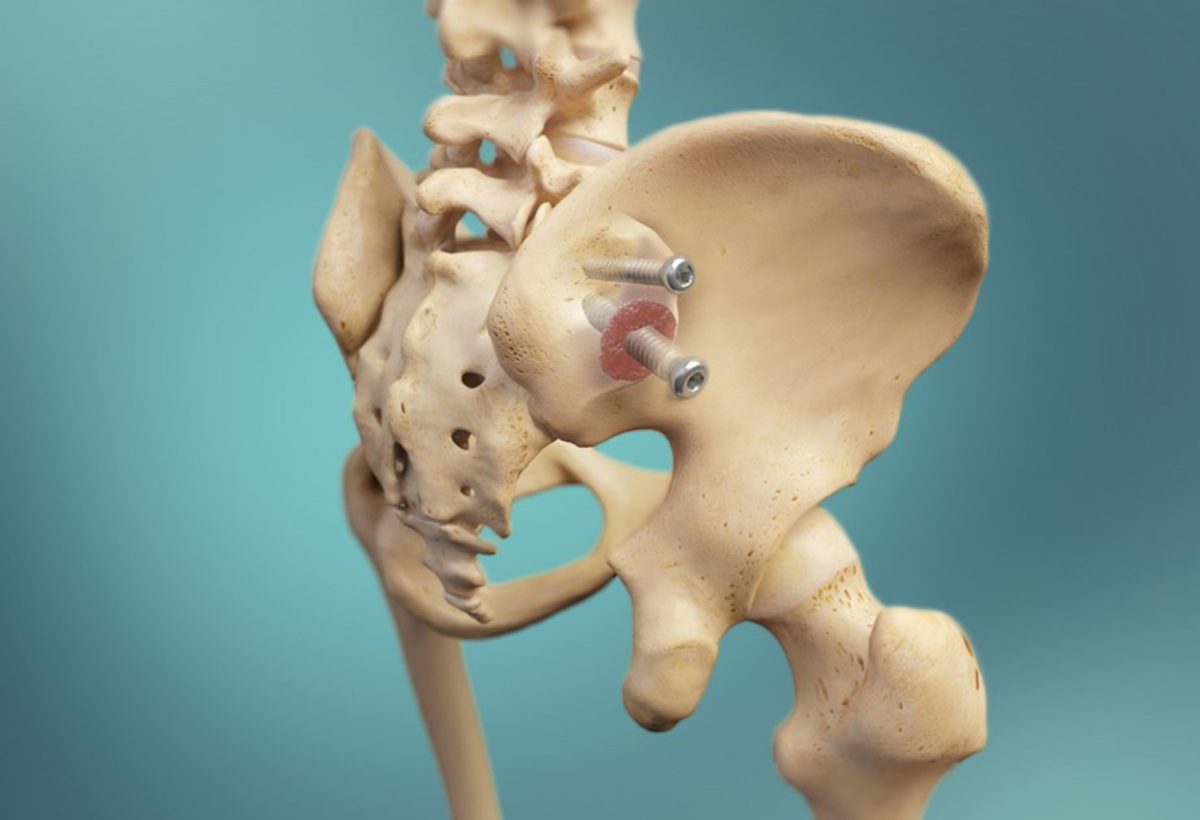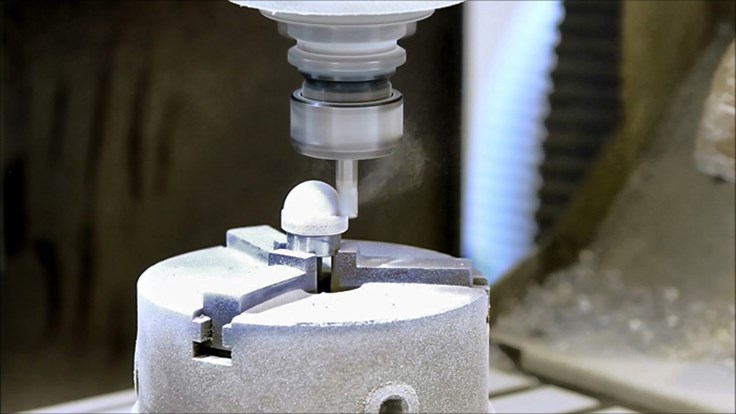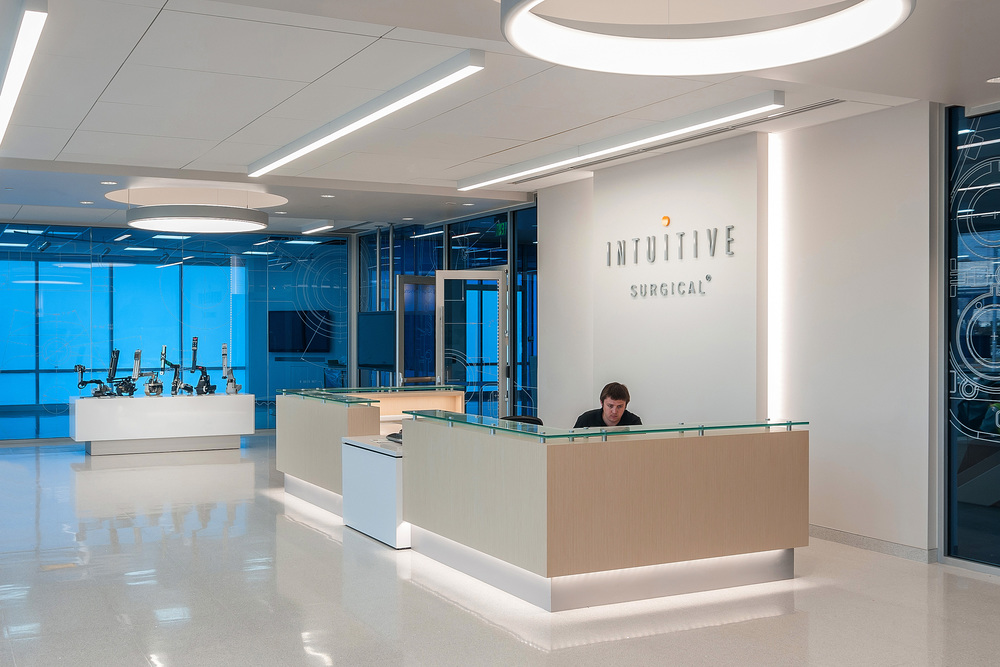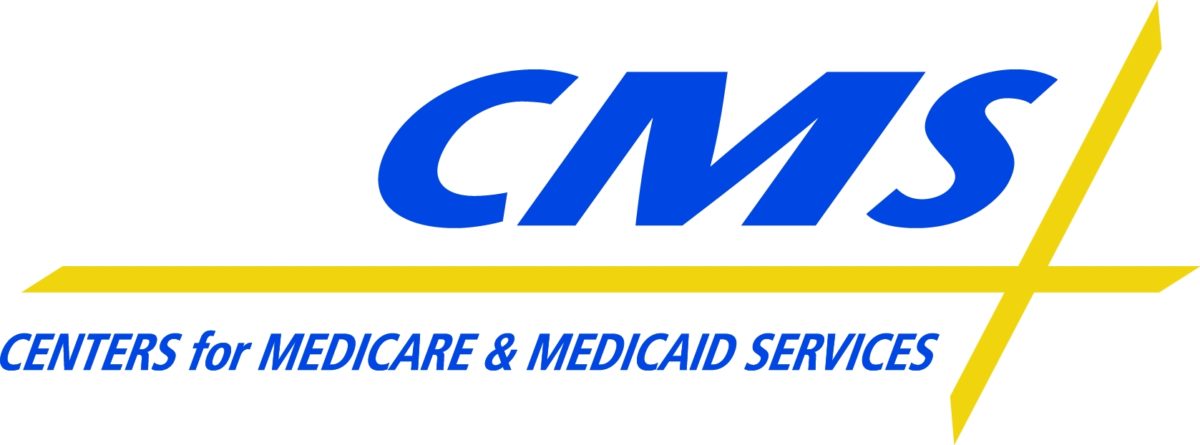SINGAPORE, Oct. 14, 2016 /PRNewswire/ — Osteopore International is honoured with the 2016 Frost & Sullivan Singapore 3D Scaffolds Entrepreneurial Company of the Year Award in the Transformational Healthcare category.
This award is presented to Osteopore at the 2016 Frost & Sullivan Singapore Excellence Awards luncheon at the Conrad Centennial Singapore.
Ms. Vandana Iyer, Research Analyst at Frost & Sullivan said that Osteopore’s 3-D scaffold tissue engineering technology platform is uniquely poised above its competitors as it facilitates natural tissue healing and regenerative functions. “The technology comprises novel biomimetic and bioresorbable 3-D printed microstructure implants that can be efficiently used across neurological, craniofacial, maxillofacial, orthopaedic, spinal and dental applications. The company’s innovative 3D scaffold technology also has the potential to address the rising incidence of bone-related injuries and may transform the global bone graft market that is currently valued at around USD5 billion,” she added.
“Osteopore is proud to receive the 2016 Singapore 3D Scaffolds Entrepreneurial Company of the Year Award from Frost & Sullivan. The award is a testament to our vision and ability to transform healthcare with Singapore’s developed medical device technology,” said Mr. Goh Khoon Seng, Chief Executive Officer, Osteopore International.
“Our company has been harnessing 3D printing technology to design, develop and manufacture implantable devices that facilitate natural tissue regeneration, and has delivered successful clinical outcome over the past 10 years. This technology has the potential to minimise or eliminate late morbidity and re-surgery thus reducing cost for healthcare payers and patients,” he added.
The Frost & Sullivan Excellence Awards have identified and honoured best-in class companies that have demonstrated excellence in their respective industries. Award recipients were identified based on in-depth interviews, analysis, and extensive secondary research conducted by Frost & Sullivan’s analysts. Companies are typically studied on their revenues, market share, capabilities, and overall contribution to the industry in order to identify best practices.
For the Entrepreneurial Company of the Year Award, Frost & Sullivan analysts independently evaluated two key factors, Entrepreneurial Innovation and Customer Impact.
The Entrepreneurial Innovation criteria that were assessed include market disruption, competitive differentiation, market gaps, Blue Ocean Strategy and passionate persistence.
Customer Impact criteria include price/performance value, customer purchase experience, customer ownership experience, customer service experience and brand equity.
About Osteopore International
Osteopore International, based in Singapore, is the world leader in 3D printed biomimetic and bioresorbable implant devices that empowers the body to regenerate tissue. We collaborate with clinicians and researchers internationally to develop products that address unmet healthcare needs, reduce healthcare cost, improve patient outcomes and enhance lives. For more information, visit us at www.osteopore.com.
Contact : Goh Khoon Seng, (65) 9670-0812, goh_khoon_seng@osteopore.com
About Frost & Sullivan
Frost & Sullivan, the Growth Partnership Company, works in collaboration with clients to leverage visionary innovation that addresses the global challenges and related growth opportunities that will make or break today’s market participants. For more than 50 years, we have been developing growth strategies for the global 1000, emerging businesses, the public sector and the investment community. For more information, please visit www.frost.com
This content was issued through the press release distribution service at Newswire.com. For more info visit: http://www.newswire.com.
SOURCE Osteopore International Pte Ltd
Related Links
